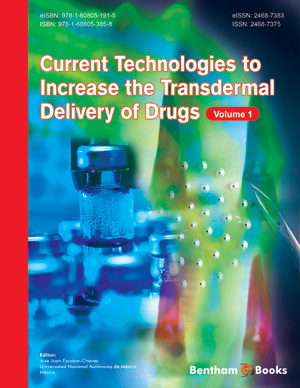Abstract
The gastrointestinal tract is abundantly provided with both lymphatic and blood vessels. In this way, material or drugs that are retained over the small intestinal epithelial cells can conceivably go through either lymphatic or blood vessels. The larger parts of drugs or compounds are transported into blood vessels because of a high flow rate (500-overlay), greater than that of intestinal lymph. Lymphatic transport of drugs will occur when the drug is profoundly lipophilic (log P >5) and demonstrates high solubility in TGs (>50mg/ml). Type of lipid, co-administered lipid substance, and level of unsaturation of lipid can alter the degree of lymphatic drug transportation. Biopharmaceutical issues such as increment in the rate of disintegration and dissolvability in the intestinal fluids, shieldthe drug from chemical and enzymatic degradation in the oil globules. The development of lipoproteins favor lymphatic transportation of highly hydrophobic drugs. The food impact is gathered throughout the ongoing decades, and it depends on the various components emerging from physiology, dosage form, and physicochemical features. The dietary lipids that occur in the food also play a role as solubilizers for drugs and consequently experience the lipid digestion by gastric and pancreatic lipases, similar to the mechanism depicted for LBFs to create different micellar species. A variety of in vitro models can act as a substitute to in vivo models for the investigation of lymphatic drug transport. In the intestinal permeability model, caco-2 cells are utilized to estimate the intracellular lipoproteinlipid assembly. Animal models are used to investigate the direct estimation of the drug via lymphatic drug transport by cannulation of the intestinal lymphatic duct. Rat is mainly used as an animal model, but other large animals such as dogs, pigs, and sheep have also been reported. Most SMEDDS formulations have not been capable to come into the sale due to lack of effective in vitro tests that are representative of authentic in vivo behavior. Impact of lipidic excipients, the influence of self-emulsifying lipidbased formulations on food effect, and reduction of food effect are discussed thoroughly; these affect limited lymphatic assimilation. This chapter highlights the various lymphatic mechanisms that help in attaining improved bioavailability, various factors, and various models used for the assessment of drug assimilation via the lymphatic system.
Keywords: Animal model for lymphatic transport, Food effect, Intestinal transportation, Lipid solubility, Lipoproteins, Lymphatic system.






















